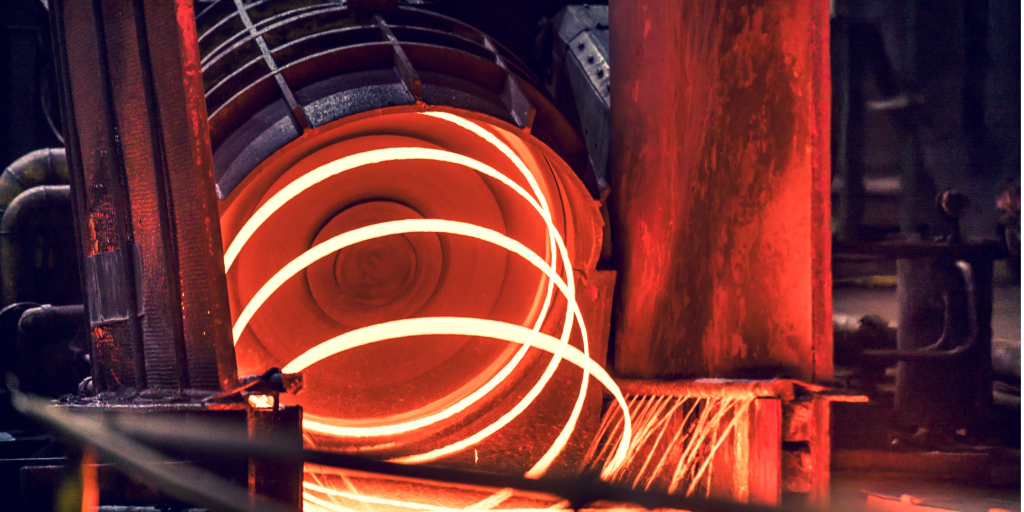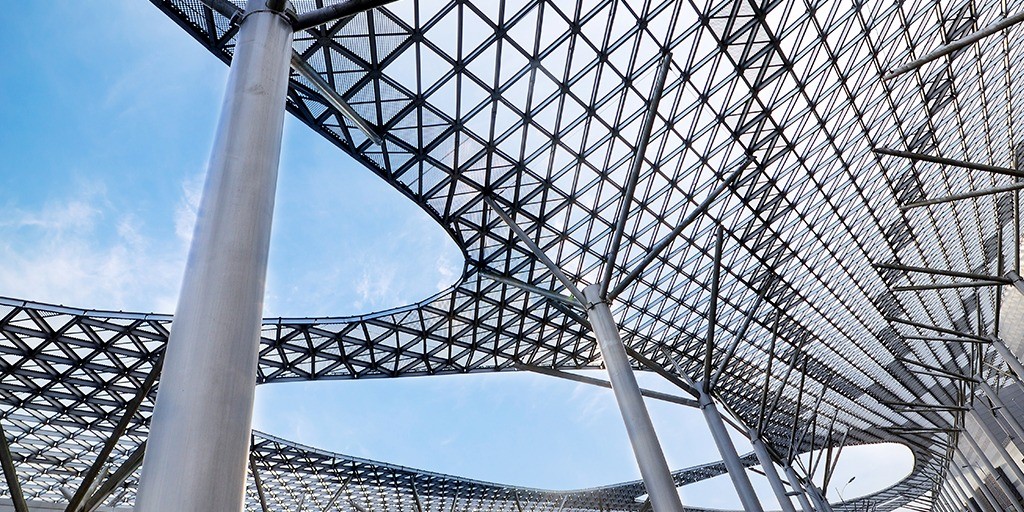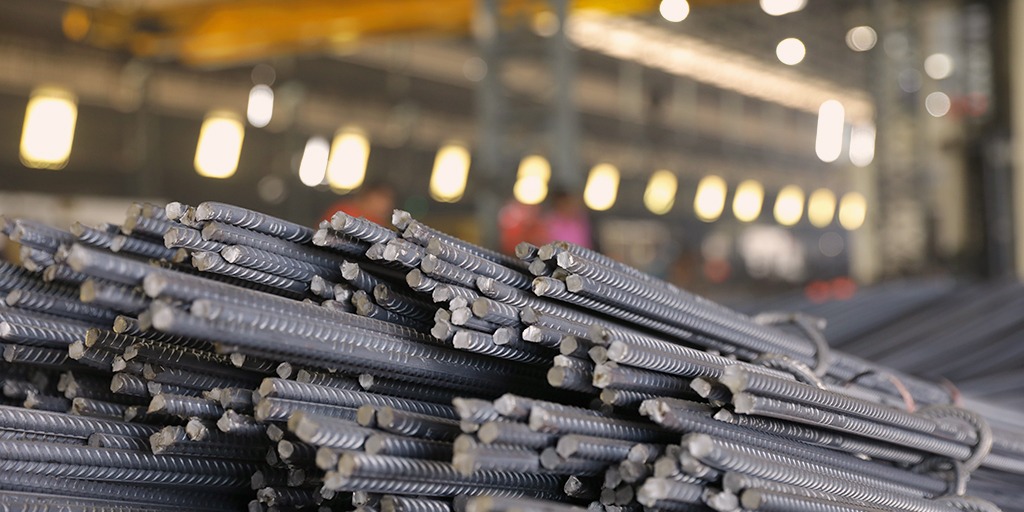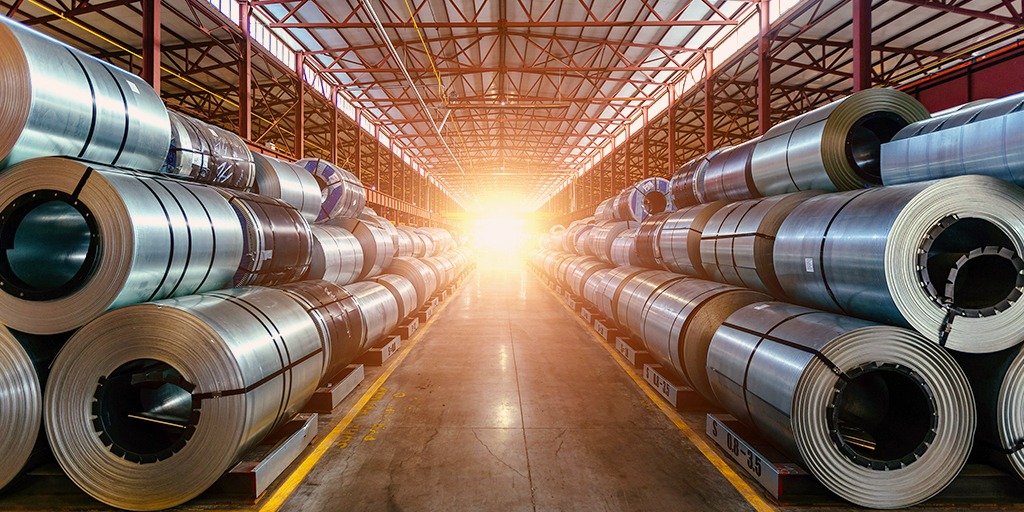
How Steel Promotes a Circular Economy
The circular economy presents a new approach that prioritises sustainability and resource efficiency. The waste that is eliminated is viewed as a resource to be transformed into another material. Unlike the traditional linear economy model, the circular approach aims to create a self-sustaining system that tackles the most pressing issues of today: pollution, climate change, and waste management.
A circular economic model embraces four principles, known as the ‘Four Rs’. The steel industry has been embracing recycling for decades, where all available scrap is transformed into new steel through various processes. With the rise of a circular approach, the steel sector is moving towards sustainable and efficient production methods. Let’s have a look at how steel plays a crucial role in the circular economy and has a competitive edge over other metals.
Reduce
Reducing the weight of products, and the amount of material used is one of the key aspects of the circular economy. With strategic investments in research, technology, and resource planning, steelmakers have drastically reduced the number of raw materials and even energy required to make steel. Additionally, the steel industry is actively promoting and developing the use of high-strength and advanced high-strength steel grades in many applications. These new grades of steel have been instrumental in contributing to the creation of lightweight wind turbines, construction panels, and automobiles with the same strength and functionality.
Reuse
Steel can be reused, repurposed in many ways, with or without remanufacturing. Reusing steel is not a modern concept, as repurposing it dates to ancient times when swords were turned into ploughshares. The reuse occurs in sectors where the mechanical properties or warranties are untouched. As a highly durable metal, steel is an ideal solution for manufacturing materials that are easily broken down into new products. Both small and large steel pipes are repurposed efficiently for other uses without losing out on the property.
Remanufacture
Many steel products, such as automotive engines and wind turbines, can be remanufactured easily. Remanufacturing restores durable used products to like-new condition. It is different from repair, which is limited to making the product operate as opposed to disassembly and restoration with the possible inclusion of new parts. Remanufacturing phenomena can be seen easily in the automotive industry on a commercial level, where steel is a major component due to its anti-rusting properties. As steel is relatively easy to work with, remanufacturing of steel products is relatively affordable.
Recycling
Recycling has been a part of the steel lifecycle since it was first made. Steel is 100% recyclable and can be recycled again to create new steel products in a closed material loop. Recycled steel inherits the properties of original steel while ensuring easy and affordable recovery from almost any waste stream. Today, steel is the most recycled material in the world. Over 650 metric tonnes of steel are recycled annually, including pre- and post-consumer scrap
As the steel industry continues to integrate these advantages into its operations, it is important to know that a clear life cycle approach is crucial to delivering sustainably. Currently, the steel industry is looking forward to inculcating lifecycle thinking into all manufacturing decisions. Cooperation from the whole production chain will ensure that the entire sector runs smoothly while embracing sustainability.






